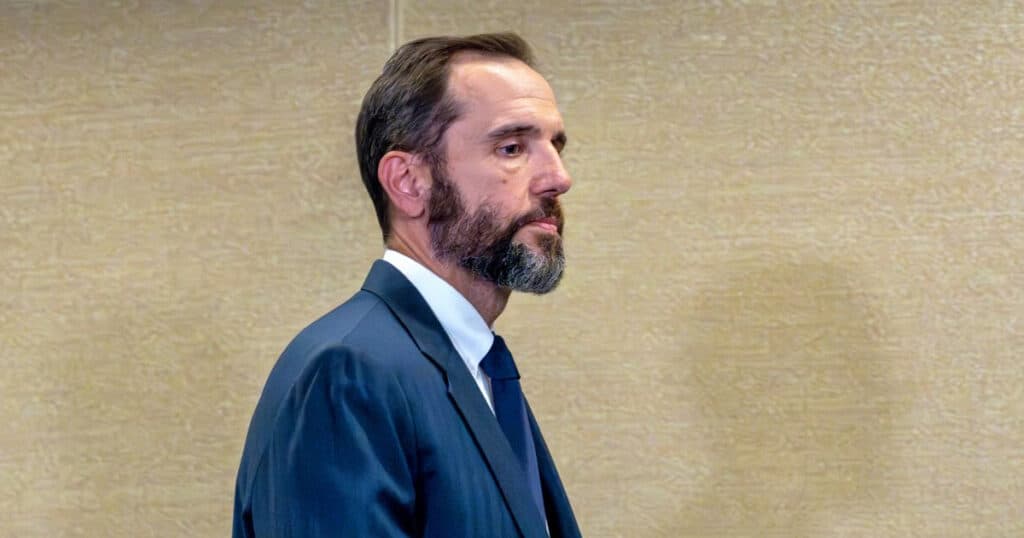
Taxpayer-Funded Broadband Uncoordinated, Mismanaged
The feds realized that private Internet Service Providers (ISPs) couldn’t make a profit deploying broadband to rural and underserved areas nationwide.
So they began to get ideas.
Thus begins a long and frustrating story that involves the waste of billions of your taxpayer dollars.
Federal officials allocated all that money to deploy this Internet to underserved areas. This was something the private sector could not afford to do. Deploying broadband is enormously expensive. And rural and underserved areas offer too few customers to generate a profit.
But here come the feds. They are free to spend as many taxpayer dollars as they like and care little whether their investments lose money. As far as they’re concerned, good intentions matter more than actual results.
But wait, members of the U.S. Government Accountability Office (GAO) called the feds out for waste in a report published this month. And it’s worse than originally believed.
IN THE NEWS: GOP Voters Will Go Vigilante in 2024, Media Warns
“Federal broadband efforts are fragmented and overlapping, with more than 133 funding programs administered by 15 agencies,” the GAO said.
“Among these programs, 25 have broadband as their main purpose, and 13 of those programs overlap because they can each be used for the purpose of broadband deployment. Having numerous broadband programs can be helpful to address a multifaceted issue like broadband access, but this fragmentation and overlap can lead to the risk of duplicative support.”
Federal taxpayers must pay for duplicate programs. That means they lose twice as much money as intended.
Between 2009 through 2017 the feds spent nearly $50 billion to build broadband in unserved or underserved areas. In 2020, the Infrastructure Investment and Jobs Act appropriated nearly $65 billion for new and existing broadband programs.
Members of the Washington, D.C.-based nonprofit, the Taxpayers Protection Alliance (TPA) in a 2020 report, GON with the Wind: The Failed Promise of Government Owned Networks Across the Country suggested it was better for the private sector — and not the federal government — to take the lead on deploying broadband.
IN THE NEWS: IRS Panics as Taxpayers Contact Agents at Home
“Broadband providers have spent more than $1.6 trillion since 1996 to build, upgrade and maintain networks, resulting in a 71% growth in rural broadband,” the TPA said.
“Internet infrastructure is in place to serve 98% of the country, primarily built by telecom companies.”
The TPA report said the government restrains private Internet providers from expanding their services to unserved and underserved areas.
“Competition can be encouraged by decreasing regulatory impediments on private internet providers, such as by taking quicker action on permits, leveling the playing field for pole attachments and creating more friendly fee schedules for internet installation projects,” GON with the Wind said.
“Regulatory streamlining can help facilitate more rapid deployment of broadband, better service and more competition.”
Billions of taxpayer dollars are at stake. The GAO said this month that the feds must create a national strategy on how best to deploy broadband.
Send story tips and other story suggestions to [email protected]



